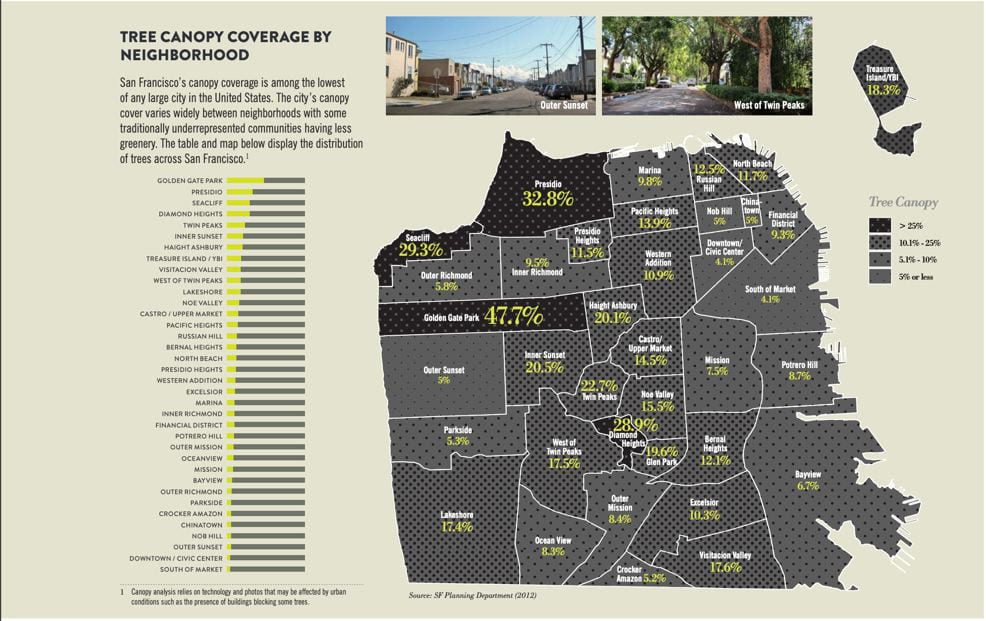A Look Inside Shein’s Factories
A search of “shein haul” on YouTube results in thousands of videos titled in all caps: “HUGE SHEIN TRY-ON HAUL” or “$700 SHEIN HAUL.” These videos depict women trying on clothes and accessories, from jeans to jackets to press-on nails.

Photo Credit: Public Eye
These videos (and Shein itself) gained traction during the pandemic, when being stuck at home and chronically online left consumers particularly interested in Shein’s cheap, trendy clothing, influencer-heavy marketing, and focus on online shopping. Shien’s popularity grew rapidly, and so did its sales, with Shein raking in $10 billion in 2020 and 15.7 billion in 2021.
The thing that makes Shein unique from other fast fashion companies is its unusually fast response to trend cycles. While Zara is able to create a new product, from design to packaging, in only 3-4 weeks, Shein can do this in just one week. This is because Shein relies on mostly small suppliers, densely concentrated in the city of Guangzhou in southern China. These suppliers are incorporated into the company’s software algorithms, which means that orders can be distributed automatically, speeding up Shein’s trend cycles.
Within Guangzhou, a small neighborhood known as Nancun is home to seven of Shein’s factories. In late 2020, the Swiss watchdog organization Public Eye sent a researcher to Nancun village to observe and photograph the factories and interview workers. The results of this research give a harrowing insight into the dark labor practices behind Shein’s colorful advertisements and enthusiastic influencers.
From the start, it was clear that Shein’s suppliers are set up to evade Chinese labor laws because they are mostly small, informal production sites. International companies generally prefer larger factories, which are also better regulated. But, as Public Eye’s researcher found, Shein’s factories violate many labor laws.
First of all, the factories had insufficient safety protocols. The researcher noted that “bags of clothes and rolls of fabric” were blocking the exits. She also stated that she didn’t see a single emergency exit, and that the entrances and stairs “don’t allow workers to leave the premises quickly.”

Photo Credit: Public Eye
The researcher was able to hold extensive interviews with three workers, and found that they all had similar schedules: they would work from 8 a.m. to noon, then from 1:30 p.m. to 5:45 p.m., and then again from 7 p.m. to 10 p.m., seven days a week, totaling to an almost 80 hour work week, and they only get one day off per month. These labor practices clearly violate China’s laws, which state that the work week can’t exceed 40 hours, and overtime can’t exceed 36 hours per month. Additionally, workers must receive at least one day off per week. Although illegal, these hours are not uncommon in the textile industry, and many workers rely on the extra hours to provide for themselves and their families. These work hours mean that Shein’s workers are effectively working two jobs in one, but only being paid for one of them. All employees interviewed stated that they had not signed employment contracts, although they are required by Chinese law.
Workers at Shein’s factories are paid per article of clothing they sew, iron, cut, or package. One worker interviewed by Public Eye stated that on a good month, he makes 10,000 yuan (1,450 USD), but on a bad month, he can make less than a third of that. Although this worker is, on average, making more than the average living wage in Guangzhou (5,410 yuan per month), they are working the equivalent of two jobs. Shein’s fast trend cycles also contribute to this, as employees have to constantly learn new patterns, ensuring that only extremely experienced workers, usually with years or decades of experience in the industry, are up to the task. Additionally, learning new patterns increases the time it takes to produce an item, resulting in lower pay.
The brunt of this difficult, taxing labor falls on the shoulders of migrant workers from the provinces of China, where wages are lower. Many travel to the city for a short period of time with the sole goal to take home the most amount of money for their families. As Public Eye states, “You might find a local in the office of a company, but in the production departments there are only migrant workers.”
Shein claims to have measures in place to fix labor violations. According to a statement on Shein’s website, the company claims to be devoting resources to internal audits of its suppliers, including a third-party independent audit system. However, none of the workers interviewed by Public Eye had ever been aware of any audits. In its 2021 Sustainability and Social Impact Report, Shein claims to have conducted audits of 700 factories, where it found that 82% of audited factories had at least one major risk to employees. 12% were classified as having Zero Tolerance Violations, which include forced labor, serious environmental pollution, severe health and safety violations, and underage labor. Shein states that Zero Tolerance Violations must be corrected promptly or Shein will stop working with that factory. It is worth noting that this classification system for factories was created by Shein itself, and there are no robust or clear guidelines for what exactly a violation entails.
But Shein’s placement of the blame on suppliers can be a superficial response, according to an article by Wired that investigates Shein’s practices and rise to popularity. “Fast fashion companies bear ultimate responsibility for pushing manufacturers to produce ever more quickly at cut-rate prices . . . a demand that makes poor labor conditions and environmental damage all but inevitable.” Shein’s business model is fundamentally incompatible with ethical or sustainable practices. If it were to require its suppliers to pay employees a fair wage for a legal work week and abide by safety procedures and environmental regulations, it would then have to dramatically increase its low prices and lengthen its short trend cycles, two characteristics that are fundamental to its marketing and appeal to consumers.
The incredible prices and trendy clothes that influencers rave about in their “Shein haul” videos come at the expense of thousands of workers, mostly women, who work long, grueling hours at unsafe, low-paying jobs.


